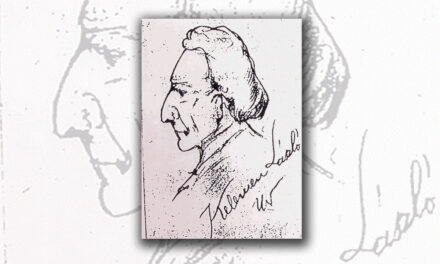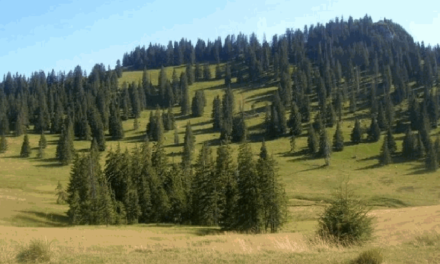Twenty years ago, a movement was born that transformed the Székelyföld autonomy from the struggle of dozens into a community demand: a guarantee of remaining Hungarian in the homeland.
Twenty years ago, we were part of a historic moment - those gathered in the Áron Gábor Hall felt this, even the smallest child accompanying their parents, who understood little of the essence, was ingrained in the atmosphere of the inaugural meeting of the Székely National Council. The kind of faith, hope, will to do, and enthusiasm that has not been seen since the revolutionary days of the regime change.
Although not many thousands gathered, there were enough headwinds and disparaging campaigns (both Romanian and Hungarian), but in spite of them - or maybe because of this - the possibility of a new chance was almost palpable in the room. Even those who did not hope before believed that if there are those who consistently undertake the fight, the achievement of the autonomy of Székelyföld is not an idle dream.
Two decades have passed, and one could say that autonomy has not (yet) been realized - the people sitting in the hall were aware from the first minute that it will be a long march - but the core of its demand, its raison d'être, and its necessity have been indisputably and irrevocably planted in the public consciousness.
A movement was born that shaped Székelyföld autonomy from the struggle of dozens of people into a community demand: a guarantee of our remaining Hungarians in our homeland.
In the following years, rallies of several thousand people were held, the legal battle for the organization of an official referendum was unsuccessful, and finally, in 2007-2008, during an internal referendum, more than 200,000 people authenticated the demand for autonomy with their signatures. The autonomy statute of Székelyföld was presented to the parliament several times, the Székely symbols were born, became popular and then persecuted.
In March 2013, Marosvásárhely was "recaptured" on the Székely Independence Day, tens of thousands of people marched in its streets demanding autonomy, and in the fall, more than 100,000 people marched along one of the main routes of Székelyföld during the great march of the Székely people.
These are perhaps the best-known and most spectacular moments of the two decades of activity of the SZNT, but in the background there are numerous lawsuits (the institutions of the Romanian state tried with fire and iron to obstruct and punish any movement) and the background work carried out on the international scene, which tried to authenticate the Székely's demand, which culminated in the collection of signatures of a successful European citizens' initiative for the protection of national regions.
You can praise their work, you can underestimate their achievements, but the fact is that if the Székely National Council had not been called into existence twenty years ago, we would not even be talking about the autonomy of Székelyföld today.
There would be no blue-and-gold flag flying on our holidays, and the fire of Székely nationalism and Székely self-consciousness would not flicker. It is difficult for a public representative to achieve anything without political support, and although the initial RMDSZ headwinds softened over time (not due to better insight or recognition of the importance of the goal, but mainly along the lines of electoral interests), it did not really turn into a supporting force. They didn't even manage to present an alternative, a different future plan, but they managed to shake the faith of many.
However, the two-decade struggle for autonomy of the Hungarians of Székelyföld cannot be considered a failure. The flame is still flickering under the embers of the watchmen's fires, and it seems that it is still the SZNT's task to keep it alive so that it can blaze high again when the time comes.
Perhaps even the political representatives will become aware that it would be more useful and effective to revive the flame of autonomy instead of putting out fires.
Featured image: MTI/Nándor Veres













